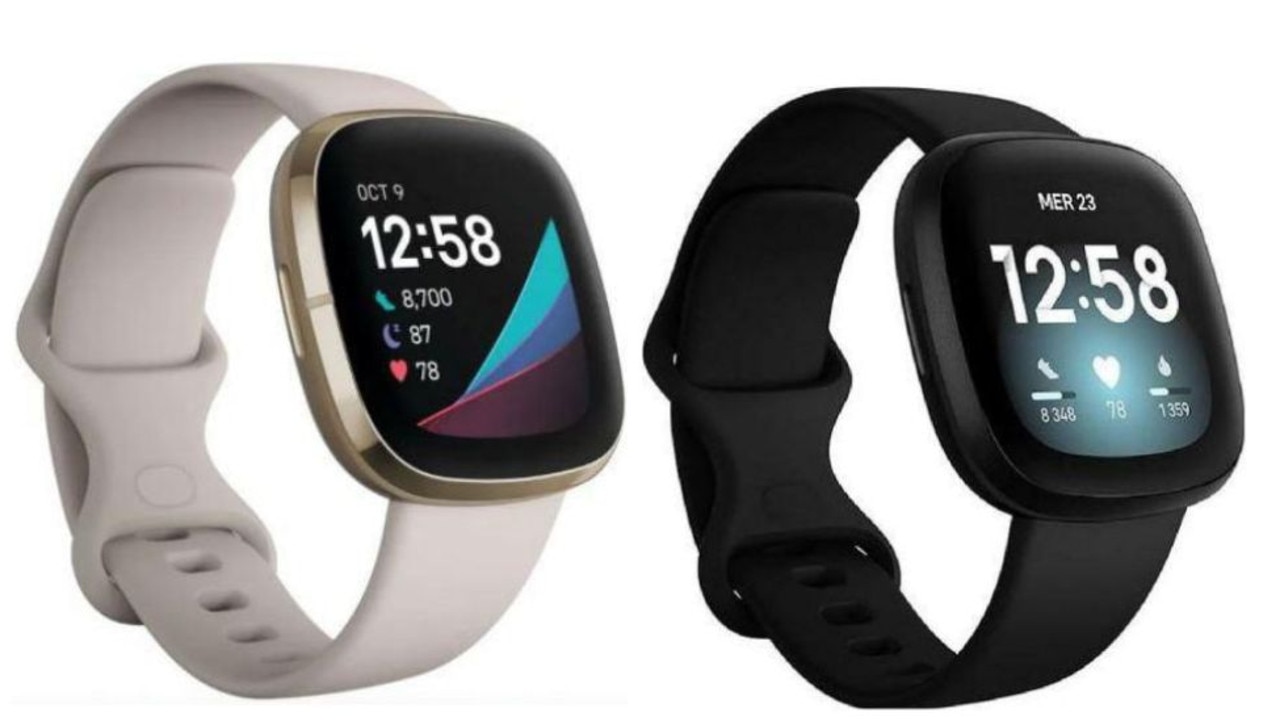Apple, Samsung, Fitbit, Withings smartwatches win top medical approval
New wearable gadgets are winning medical approvals to track everything from your heart health to when you need to drink more water.
Wearables
Don't miss out on the headlines from Wearables. Followed categories will be added to My News.
Once upon a time, wrist-worn devices only showed the time of day.
Now a new generation of smartwatches, fitness trackers and other wearable gadgets are winning medical approvals to track your heart health, monitor your breathing, and even warn you when you need to drink more water.
Samsung became the latest company to receive the go-ahead to offer advanced health features inside its smartwatches this week, with two new approvals from Australia’s Therapeutic Goods Administration.
And experts say the evolving technology will see more Aussies upgrade and invest in new tech for their wrists.
The South Korean tech giant’s latest smartwatches, the Galaxy Watch4 and Watch4 Classic, both received official approval to monitor a wearer’s blood pressure and heart rhythm when the products are launched in Australia on September 10.
Samsung’s blood pressure feature — the first of its kind in an Australian smartwatch — is approved “for general wellness and fitness purposes only,” the TGA noted, while its electrocardiogram app follows the path paved by Apple and Withings, which received similar approvals last year.
Samsung Electronics Australia mobile content and services head Mark Hodgson said the features were an important addition and would provide a “comprehensive and, importantly, an accessible solution to help millions of Australians to help them improve and maintain their general health and wellbeing”.
Both Galaxy Watch4 devices will also arrive with sensors to measure a wearer's body composition for greater health detail, including their muscle mass, metabolic rate, and their percentage of body water and fat.
Apple‘s latest Watch also features TGA-approved electrocardiogram and oxygen saturation monitors, as does the Withings ScanWatch that is now available in rose gold.
Telsyte managing director Foad Fadaghi said this growing list of features would appeal to keen Aussie consumers who bought 1.2 million smartwatches and fitness trackers in the last half of 2020.
The company estimates more than 7.6 million smartwatches are currently being used in Australia, and Mr Fadaghi said the new features were helping to fuel their growth and encourage some to upgrade from older models.
“When we look at what individuals are looking for, it’s about longer battery life, waterproofing, and being suited to their lifestyle,” he said,
“If you lifestyle dictates the need for more health-monitoring, it really makes sense to have more health features on your wrist. The more the better.”
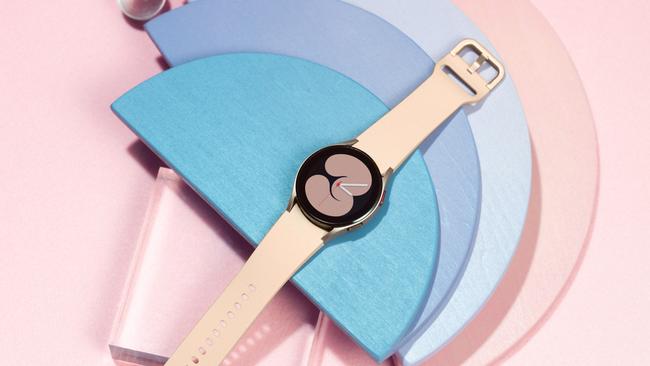
Launched in stores on September 10, this slimmed-down, minimalist smartwatch from Samsung has been redesigned inside and out. The new watch runs on hybrid Samsung and Google software to put more apps on your wrist, and it will also capture your heart rhythm and blood pressure thanks to new approvals from Australia’s medical regulator. The watch is available in two sizes (40 and 44mm), four colours (gold, silver, black and green), and with Bluetooth and 4G connections.
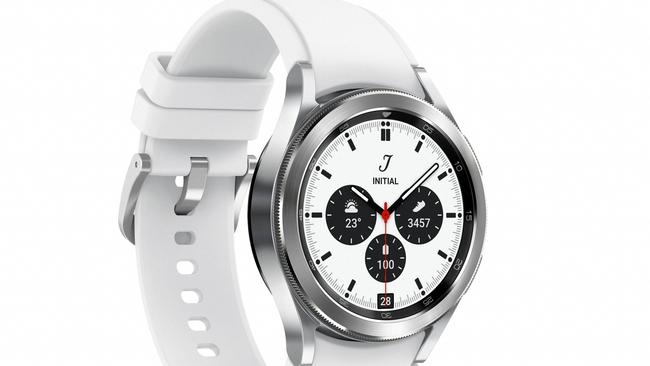
The Classic version of Samsung’s upcoming Watch4 looks more like a traditional wristwatch than a smartphone accessory, and includes a rotating dial users can twist to make selections. It features all the same health-monitoring smarts of its Watch4 peer, including the ability to measure pulse rate, heart rhythm, body composition, sleep, snoring and exercise, and it can also be used to make payments at store registers. The timepiece is available in small and large sizes, and black and silver hues.
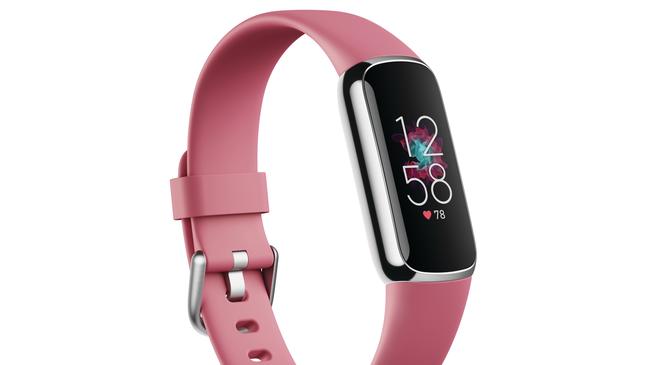
This unorthodox Fitbit is less like a fitness tracker and more like a piece of jewellery. The Luxe is so small, at 3.6cm long and 30g, that it can be comfortably worn in a bracelet or a double-wrapped leather band. It still packs in more smarts than you’d expect, though, with sensors that measure your oxygen saturation, heart rate, time active, steps, and more than 20 exercises including swimming and outdoor walks. The screen might be small for some to navigate but its mix of subtlety and health-tracking will appeal.
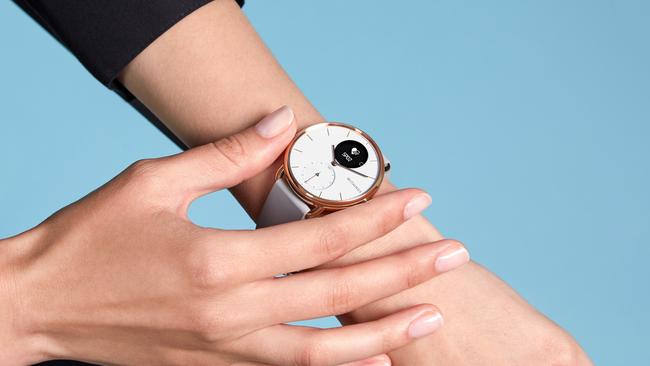
Withings has created undercover smart technology in the ScanWatch. It looks very much like an analog wristwatch at a glance, and one that now comes in an attractive rose gold finish with gold sprayed on to stainless steel. But inside this device captures the wearer’s respiratory rate and oxygen saturation, warns of irregular heart beats, tracks sleep, and records exercise. A small, circular display shows notifications in scrolling text atop the clock hands, while a dial shows progress towards the wearer’s daily step goal.
Read related topics:Explainers



